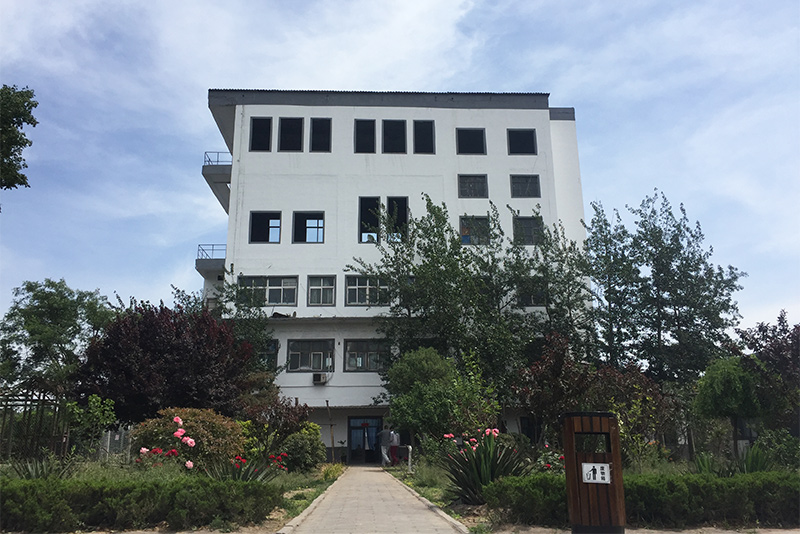Sand Casting in China A Comprehensive Overview
Sand casting, one of the oldest and most versatile manufacturing processes, has gained significant prominence in China. This method involves using sand as a mold material for metal casting, a process that allows for the production of complex shapes and sizes with great precision. Given China's robust industrial landscape, sand casting plays a crucial role in various sectors, from automotive to aerospace, and even art.
The Basics of Sand Casting
At its core, sand casting involves creating a mold out of sand, into which molten metal is poured. The sand is typically mixed with a binding agent to enhance its strength and cohesiveness. Once the metal cools and solidifies, the mold is broken away to reveal the cast product. This process is favored for its cost-effectiveness and adaptability, as it can accommodate a variety of metals, including aluminum, cast iron, and steel.
The Rise of Sand Casting in China
China has become a global leader in manufacturing due to its vast workforce, advanced technologies, and well-established supply chains. The country’s investment in modernizing its foundry capabilities has led to advancements in sand casting techniques, making it one of the most sought-after processes for both local and international clients.
Industrial growth in China has further driven the demand for sand casting. With the rapid development of the automotive industry, for instance, manufacturers require high volumes of precise metal components. Sand casting meets this need effectively, offering a balance between quality and production volume.
Advantages of Sand Casting
1. Design Flexibility One of the primary advantages of sand casting is its ability to produce complex geometries. This flexibility is particularly important in industries where customized parts are essential.
sand casting china

2. Cost-Effectiveness The materials needed for sand casting, mainly silica sand, are abundant and inexpensive. This makes the process an economical choice for both small-scale and large-scale production.
3. Scalability Sand casting is easily scalable, allowing manufacturers to produce small prototypes to large production runs without significant changes to the process.
4. Variety of Materials The versatility of sand casting enables the use of various metals and alloys, catering to different engineering requirements.
Challenges and Innovations
Despite its advantages, sand casting in China faces certain challenges. Environmental concerns regarding sand mining and waste disposal have prompted the need for sustainable practices in the industry. Moreover, the competition from other casting methods, such as investment casting and die casting, requires continuous improvement in quality and efficiency.
In response, Chinese foundries are leveraging advanced technologies such as computer-aided design (CAD), computer-aided manufacturing (CAM), and 3D printing. These innovations enhance the precision of molds and reduce lead time, ultimately improving the overall quality of cast products.
Additionally, the commitment to research and development in material science leads to the creation of new, more efficient binding agents and sand mixtures, thus further refining the sand casting process.
Conclusion
Sand casting remains a vital component of China's manufacturing sector, powering a wide range of industries with its cost-effective and versatile capabilities. As the industry evolves and adapts to new technologies and environmental regulations, sand casting in China is poised for a promising future. By embracing innovation and sustainability, Chinese foundries can continue to lead in the global market, delivering high-quality cast products that meet the diverse needs of clients worldwide.
Post time:сеп . 28, 2024 23:54
Next:Is Sanding Epoxy Resin Possible for a Smooth Finish?
